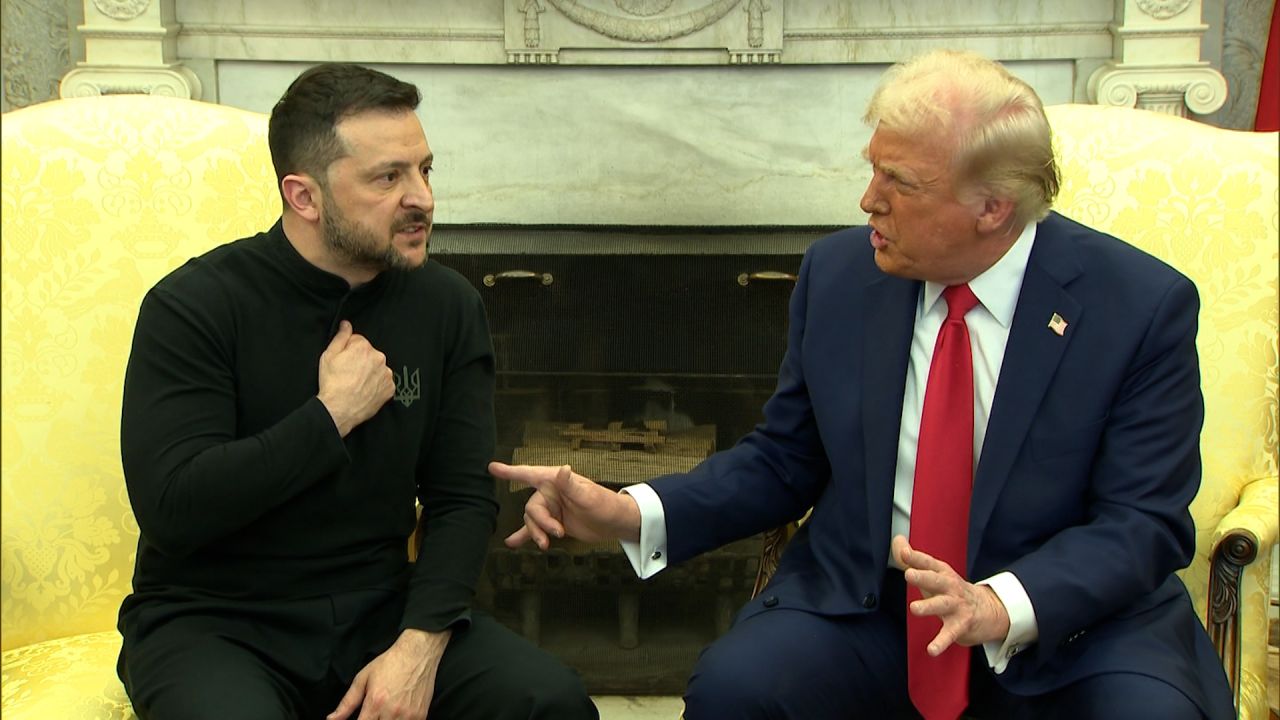Author:
Rafał Dados
Trump’s 25% Auto Tariffs: Assessing the Bankruptcy and Insolvency Implications
President Trump’s decision to introduce a 25% tariff on imported vehicles, effective April, has sparked significant debate within the automotive sector. While aimed at safeguarding American jobs and promoting domestic auto production, these tariffs also raise important questions about the heightened risks of bankruptcy and insolvency, especially for financially vulnerable automotive companies.
Understanding Bankruptcy and Insolvency
Potential for Reduced Bankruptcy Risks
Supporters of Trump's auto tariffs highlight several ways in which these policies might mitigate bankruptcy and insolvency risks:
Strengthened Competitiveness for Domestic Automakers
The tariffs could significantly advantage domestic auto manufacturers, especially financially robust companies such as Tesla and Rivian. As imported vehicles become more expensive, domestic firms may gain greater market share, increased profitability, and enhanced financial stability, thereby reducing industry-wide insolvency risk.
Encouragement of Operational Efficiency
Advocates argue that higher tariffs might incentivize automotive companies to enhance efficiency, innovate, and strategically restructure operations. These adjustments could build long-term resilience and improve financial health, potentially minimizing insolvency risks.
Government Revenue for Industry Support
The tariffs are projected to generate significant government revenues, potentially amounting to billions annually. This additional funding might enable targeted governmental support measures or temporary subsidies for financially vulnerable automotive companies, assisting them in avoiding insolvency during transitional periods.
Increased Bankruptcy and Insolvency Risks
Despite potential benefits, critics express concerns regarding substantial bankruptcy and insolvency risks posed by the new tariffs:
Immediate Financial Strain for Major Automakers
Prominent manufacturers such as Ford and General Motors (GM) are likely to face immediate and substantial financial pressure due to increased production costs and reduced margins. For firms already operating on thin profit margins, these pressures could quickly escalate, leading to increased Chapter 11 filings.
Severe Disruptions to Automotive Supply Chains
The global nature of automotive supply chains means that increased tariffs significantly elevate costs for imported components. Smaller suppliers, lacking substantial financial buffers, may face insolvency under these heightened cost pressures. Insolvent suppliers could disrupt production lines, amplifying financial instability across the automotive sector.
Decline in Investor Confidence
Investor sentiment plays a critical role in industry stability. The uncertainty generated by tariff implementation could lead to decreased investment in the automotive sector, compounding existing vulnerabilities. Reduced capital availability might further raise insolvency risks, pushing financially distressed firms toward bankruptcy.
Conclusion: Balancing Protection and Financial Risks
Trump's 25% auto tariffs constitute a notable shift in trade policy, intended to strengthen domestic automotive production but accompanied by significant financial risks. The actual impact on bankruptcy and insolvency levels within the industry will depend heavily on company adaptability, investor responses, and government interventions.
Industry stakeholders must closely monitor developments and proactively manage potential financial disruptions to navigate successfully through this uncertain period.

Rafał Dados
Empowering Procurement Through AI and Operational Excellence
With 20 years of experience in project and strategic sourcing, he has been a co-owner of Eveneum for 12 years, a company specializing in consulting and training for procurement in industries that require building relationships and trust between partners. His expertise lies in supporting clients with project sourcing and early supplier engagement, as well as involving the procurement department in development work. He leads projects such as negotiation assignments, supplier searches, and negotiating cooperation terms on behalf of clients. He is a speaker at procurement conferences both in Poland and abroad. He also lectures on procurement at Jagiellonian University.






